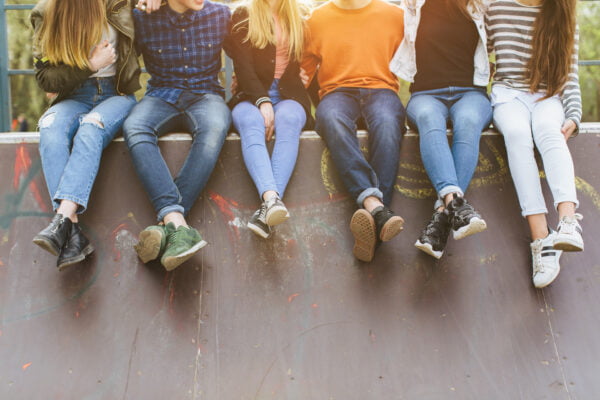For å kunne gi de beste opplevelsene bruker vi teknologier som informasjonskapsler (cookies) for å lagre og/eller få tilgang til enhetsinformasjon. Ved å samtykke til disse teknologiene vil vi kunne behandle data som for eksempel nettleseratferd eller unike identifikatorer på dette nettstedet. Å ikke samtykke eller trekke tilbake samtykke kan påvirke visse funksjoner og egenskaper negativt.
Den tekniske lagringen eller tilgangen er strengt nødvendig for det legitime formålet med å muliggjøre bruk av en bestemt tjeneste som uttrykkelig er forespurt av abonnenten eller brukeren, eller for det eneste formålet med å gjennomføre overføringen av en kommunikasjon over et elektronisk kommunikasjonsnettverk.
The technical storage or access is necessary for the legitimate purpose of storing preferences that are not requested by the subscriber or user.
Den tekniske lagringen eller tilgangen som brukes utelukkende til statistiske formål.
The technical storage or access that is used exclusively for anonymous statistical purposes. Without a subpoena, voluntary compliance on the part of your Internet Service Provider, or additional records from a third party, information stored or retrieved for this purpose alone cannot usually be used to identify you.
Den tekniske lagringen eller tilgangen er nødvendig for å opprette brukerprofiler for å sende reklame, eller for å spore brukeren på et nettsted eller over flere nettsteder for lignende markedsføringsformål.
